Fruits are an essential part of global trade, connecting growers in temperate and Mediterranean climates with consumers worldwide. Among these fruits, apricots hold a special place. Known for their delicate flavor, beautiful orange hue, and rich nutritional content, apricots are a seasonal favorite enjoyed fresh, dried, or processed into jams and juices. Though apricots are grown in various countries, some nations import large quantities to meet consumer demand year-round.
In this article, we’ll explore which country is the largest apricot importer in the world, what drives its demand, the global trade landscape for apricots, and what trends are shaping the market today.
The Global Apricot Market Overview
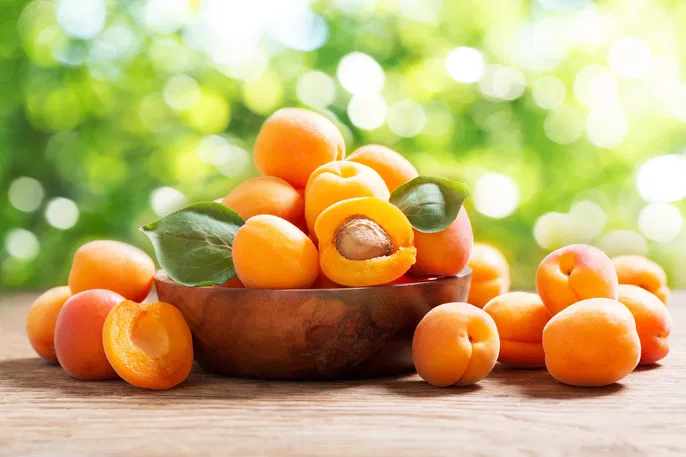
Apricots, scientifically known as Prunus armeniaca, have origins in Central Asia and the Middle East. Today, they are cultivated in countries with warm, dry summers and cool winters. While global apricot production is dominated by nations like Turkey, Uzbekistan, Iran, Italy, and Algeria, consumption patterns extend far beyond these producing regions.
In 2023, the international apricot market saw:
- 344,000 metric tons of fresh apricots traded globally
- A total market value exceeding $520 million USD
- Average import prices of $1,500 per metric ton, slightly higher than in previous years due to inflation and increased shipping costs
Though many countries import apricots, one stands at the top.
Which Country Is the Largest Apricot Importer in the World?
Germany is currently the world’s largest apricot importer.
According to the latest trade data:
- Germany imported around 49,000 metric tons of fresh apricots in 2023
- With an import value exceeding $113 million USD
- Making up nearly 15% of total global fresh apricot imports
This makes Germany not only the top European importer but also the largest importer globally.
Why Does Germany Import So Many Apricots?
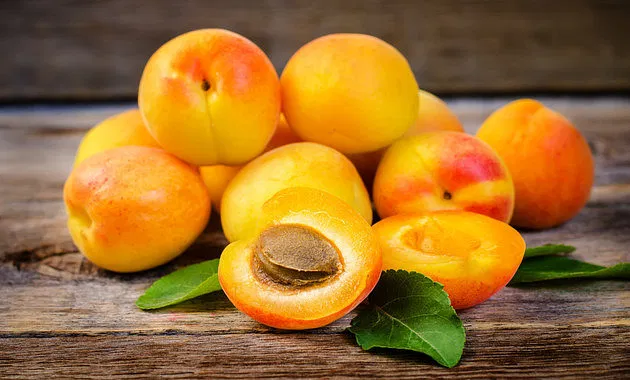
Several factors explain Germany’s leading role in apricot imports:
Limited Domestic Production
Germany’s climate is suitable for a variety of fruits, but apricots require warmer and longer growing seasons. As a result, local production is limited to small regions like the Rhine Valley and parts of Bavaria. This production falls short of meeting national demand, especially for year-round availability.
Strong Consumer Demand
Apricots are popular in Germany for their versatility in fresh fruit salads, pastries, jams, and desserts. The demand peaks during summer but persists throughout the year thanks to imports from the Southern Hemisphere during Germany’s off-season.
Proximity to Major Exporters
Germany benefits from its central location in Europe, importing large volumes of apricots from neighboring fruit-producing countries such as Spain, Italy, France, and Turkey.
Expanding Supermarkets and Food Retail Sector
Germany has one of Europe’s largest retail markets for fresh produce. Supermarkets, hypermarkets, and online grocers continuously expand their fresh fruit selections, creating a reliable demand for high-quality imported apricots.
Other Major Apricot Importing Countries
While Germany leads the world, other countries also import significant quantities of apricots annually:
| Rank | Country | Annual Imports (Metric Tons) | Import Value (USD) |
|---|---|---|---|
| 1 | Germany | 49,000 | $113 million |
| 2 | Russia | 40,000 | $80 million |
| 3 | Austria | 13,000 | $29 million |
| 4 | Italy | 12,500 | $28.7 million |
| 5 | France | 11,800 | $25.2 million |
| 6 | United Kingdom | 9,400 | $22 million |
| 7 | Switzerland | 8,000 | $19 million |
| 8 | Poland | 7,200 | $17 million |
Collectively, European countries import the vast majority of the world’s fresh apricots.
Major Apricot Exporters Supplying the World
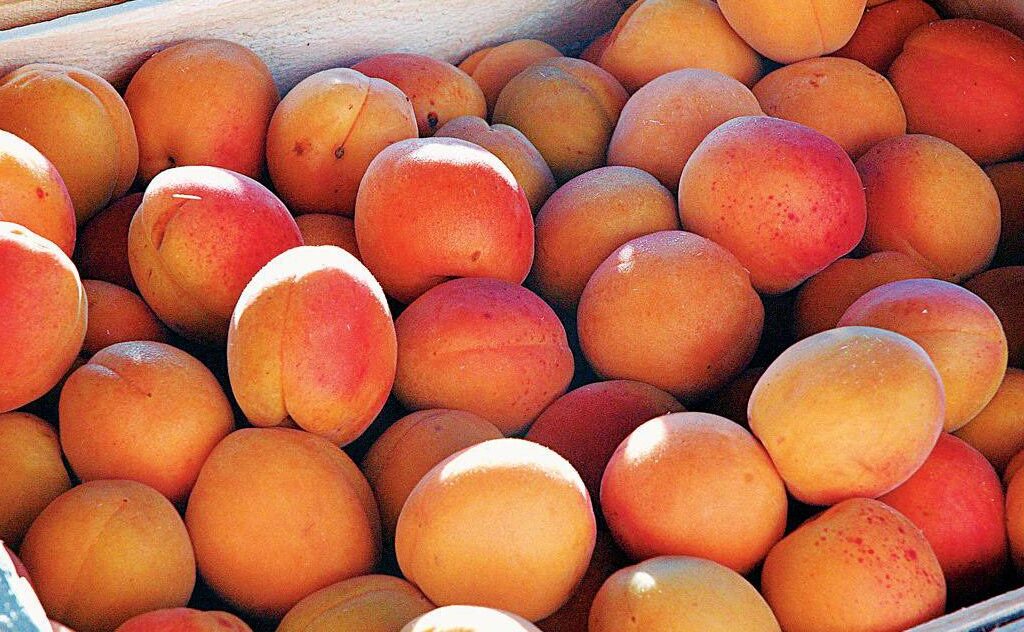
On the other side of the trade, a few countries dominate apricot exports:
- Spain: The largest apricot exporter in the world, supplying around 35% of global exports.
- Turkey: Renowned for both fresh and dried apricots, exporting largely to Russia and Middle Eastern countries.
- Italy and France: Key suppliers to European markets, particularly Germany and Austria.
- South Africa and Chile: Provide apricots to Europe during the Northern Hemisphere’s winter months.
Spain alone supplies more than half of Germany’s imported apricots, followed by Italy and France.
Apricot Import Prices and Market Trends
Prices for imported apricots fluctuate based on:
- Seasonal availability
- Transport and logistics costs
- Varietal quality
- Weather conditions impacting harvests
In 2023, the average import price of fresh apricots was $1,508 per metric ton, with higher prices seen in premium markets such as Switzerland and Germany, where consumers are willing to pay more for superior quality.
Factors Driving the Growth of Apricot Imports
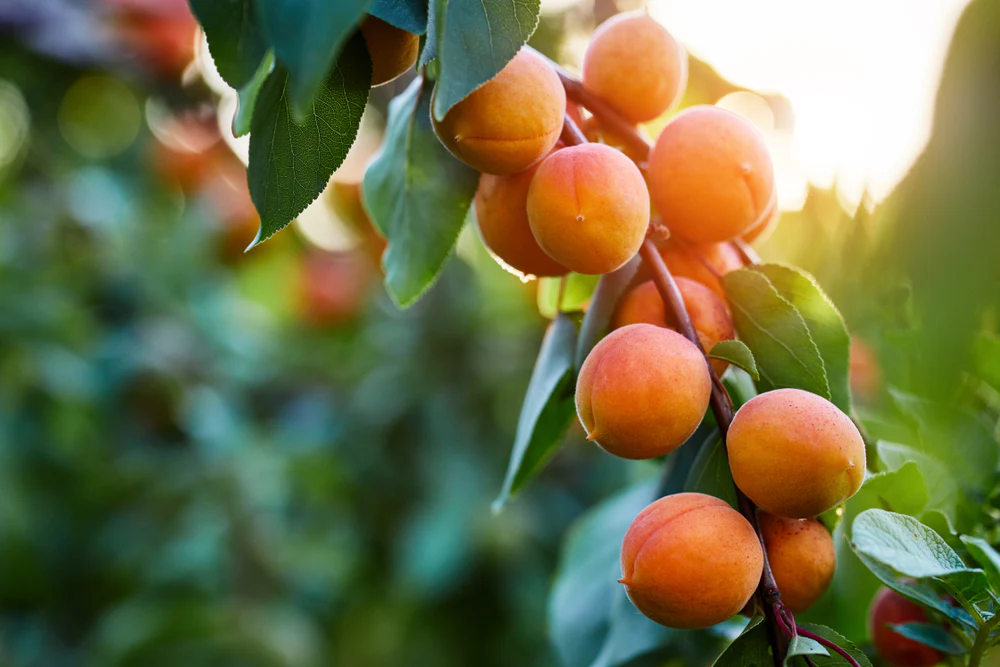
Several global trends contribute to the increasing trade of fresh apricots:
Health and Wellness Movement
Apricots are rich in vitamins A, C, and E, antioxidants, potassium, and dietary fiber. As health-conscious diets become more popular, the demand for nutrient-rich fruits like apricots has grown steadily.
Growth of Supermarkets and E-Commerce
The rise of large grocery chains and online fresh fruit delivery services has expanded access to seasonal and imported fruits.
Year-Round Availability through Global Trade
Southern Hemisphere producers like South Africa and Chile export apricots during the Northern Hemisphere’s off-season, ensuring continuous supply in European and Asian markets.
Expanding Culinary Uses
Apricots are used not only fresh but also in gourmet desserts, salads, sauces, and even savory dishes, increasing their appeal among restaurants, hotels, and bakeries.
Future Outlook for the Apricot Market

Trade analysts predict steady growth in the apricot import market over the next decade. Rising incomes, urbanization, and evolving consumer preferences will likely sustain the demand for apricots in key markets.
Emerging markets in Eastern Europe, the Middle East, and Asia are also expected to increase their apricot imports as their middle-class populations expand.
Conclusion
To summarize:
- Germany is the largest apricot importer in the world, with around 49,000 metric tons of fresh apricots imported in 2023, valued at over $113 million USD.
- Its leading position is driven by high consumer demand, limited domestic production, strategic proximity to major exporters, and a robust supermarket sector.
- Other significant importers include Russia, Austria, Italy, France, and the United Kingdom.
- Spain, Turkey, Italy, France, South Africa, and Chile are the main suppliers of fresh apricots globally.
- Market trends indicate steady growth fueled by health awareness, retail expansion, and international trade logistics.
As global consumer tastes evolve and demand for fresh, nutritious, and diverse fruits continues to rise, apricot imports will remain a key segment of the fresh produce trade — with Germany likely holding its top spot for years to come.

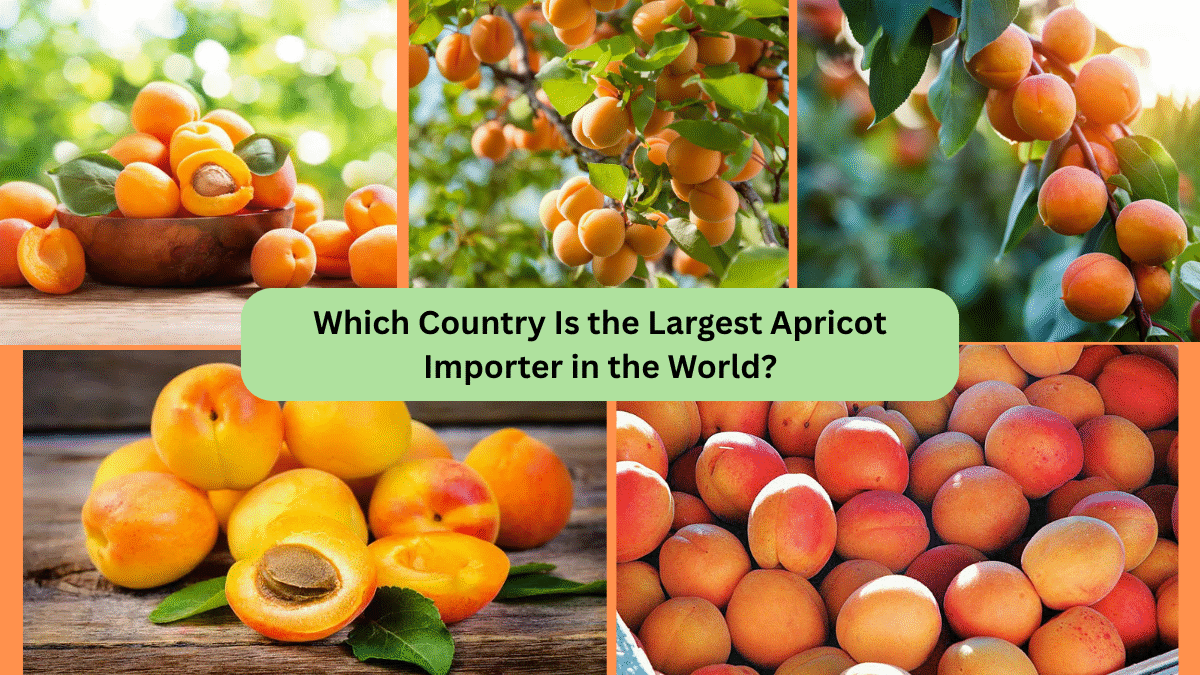


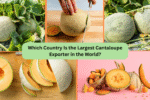
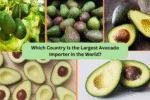
Leave A Comment